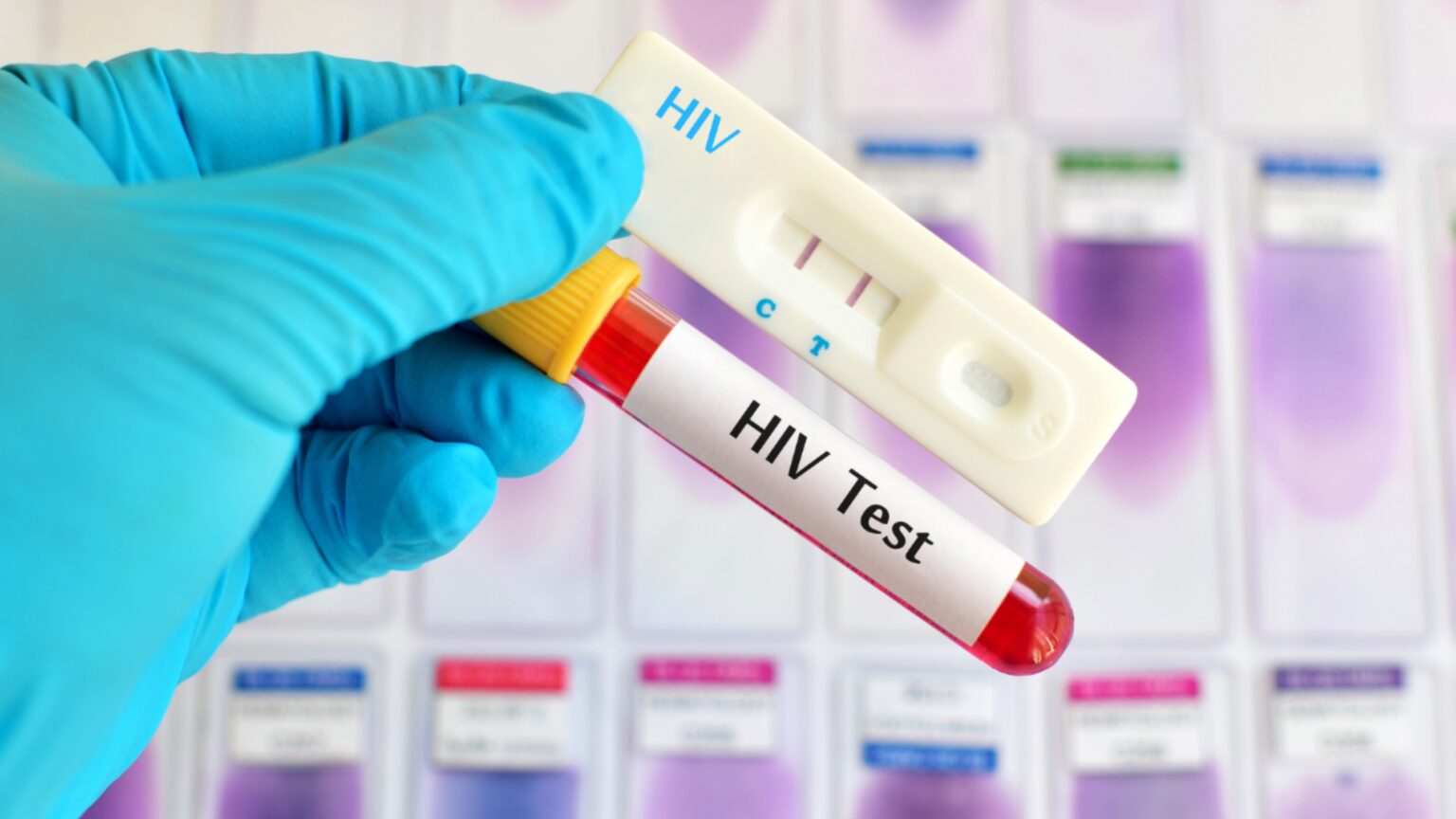A breakthrough by scientists at the Peter Doherty Institute for Infection and Immunity may have brought the world a step closer to a cure for HIV, after researchers found a novel way to force the virus out of hiding inside human cells.
HIV’s ability to lie dormant within certain white blood cells has long been a formidable barrier to a cure. These “invisible” viral reservoirs evade both the immune system and antiretroviral drugs, allowing the virus to persist for life and potentially reactivate. Now, researchers say a new technique using mRNA, the same technology used in COVID-19 vaccines, could change that.
In findings published in Nature Communications, the Melbourne-based team demonstrated that mRNA can be delivered into the very white blood cells where HIV hides, making the virus visible to the body’s defences for the first time.
“It was previously thought impossible to get mRNA into these cells,” said Dr. Paula Cevaal, co-first author of the study. Traditional lipid nanoparticles (LNPs), tiny fat bubbles used to deliver mRNA, were ineffective with these immune cells. But the team engineered a new nanoparticle, dubbed LNP-X, that these cells can absorb.
“We hope that this new nanoparticle design could be a new pathway to an HIV cure,” Cevaal said.
She described the lab’s reaction to early test results as astonishment. “We were overwhelmed by how much of a night-and-day difference it was… all of us were just sitting gasping like, ‘wow’.”
Millions live with HIV globally
Nearly 40 million people globally live with HIV and must take daily medication to suppress the virus. Despite advances in treatment, HIV still kills. One person died every minute from the virus in 2023, according to UNAIDS.
Though the current study was carried out only in cells donated by HIV patients and not in living organisms, researchers are optimistic. The next steps will include testing in animals, followed by human safety trials. These phases are expected to take years before any potential clinical treatment becomes available.
Dr. Michael Roche, co-senior author, noted the method could have broader applications beyond HIV, possibly aiding in the treatment of cancers and other diseases involving similar immune cells.
While many in the scientific community have hailed the study as a potential game-changer, some experts remain cautious. Dr. Jonathan Stoye, a retrovirologist at the Francis Crick Institute in London, called the approach a “major advance,” but warned that the real challenge lies ahead: eliminating the virus after it’s exposed. “If even 10% of the latent reservoir survives, could it be enough to trigger new infection? Only time will tell,” he said.
Others, like Prof. Tomáš Hanke of Oxford’s Jenner Institute, were more sceptical, challenging the claim that delivering RNA to white blood cells was previously unattainable and describing the hope of reaching every infected cell in the body as “merely a dream.”
Still, for researchers and patients alike, this discovery marks one of the most promising developments in HIV research in decades.
“In terms of HIV cure research, we’ve never seen anything work this well in revealing the virus,” said Cevaal. “We’re hopeful. Cautious, but hopeful.”



